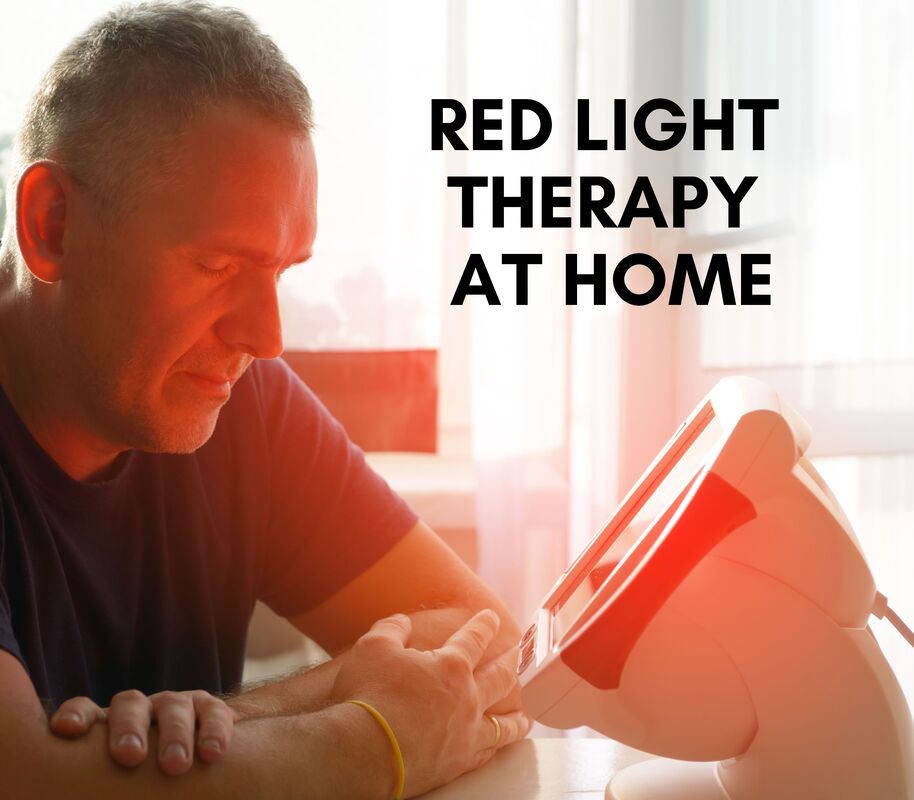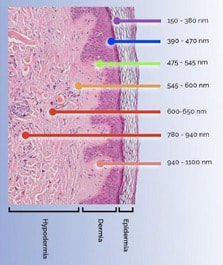- Home
-
Qualifications
- Diploma in Nutrition and Health Coaching
- Womens Health and Wellness Coach Certification
- Certified Coaching Professional Program
- Diploma in Coaching for Lifestyle & Wellbeing Management
- Holistic Wellness Coaching Program
- The Ultimate Triple Qualification
- Health Coaching Electives
- Wellness Coaching for Professionals
- Coach Gap Training
- Professional Certificate in Meal and Menu Planning
- Accreditation, Registration & Insurance Options
- Degree & Diplomas
- Short Courses
- Testimonials
- Enrol
- FAQs
- About
- Contact
- Login
- Things We Do
|
THE FUTURE IS BEYOND WHAT WE PERCEIVE Energy… could it be the future of modern health care? Increasingly professionals who follow a ‘nature before intervention’ approach are using energetic-based therapies, therapies that tap into the intelligence of nature. We see more herbalists, naturopaths, doctors who specialise in lifestyle management, homoeopaths and other holistic therapists increasing in numbers. At present some of our ‘medicines’ are really quite primitive using an approach that walks a fine line between ‘health’ and toxicity often through the inhibition of our natural cycles. But, we have a feeling that the future of health that draws on the deep intelligence of nature is increasingly closer. Energy is not one thing or another, energy is all things, at once and forever. HOW HAVE WE ARRIVED AT RED LIGHT THERAPY?Humans have used various light therapies for many decades. For example, in the mid 50’s a nurse discovered that infants who suffered from jaundice benefited from exposure to the sun. In the 90’s NASA staff found that red light exposure improved plant growth and then discovered incidentally that those exposed to the red light themselves also benefited. NASA went on to explore light in many other ways. Today we have a dedicated photomedicine medical journal documenting our journey along the photomedical line, there is a litany of studies and meta-analysis that have explored the world of light therapy. WHAT ARE LIGHT WAVES? Figure 1 below is a visual representation of the varying light waves that interact with us. You’ll notice that the visible spectrum runs from 380 nm (nanometres) to 750 nm, these are essentially the colours our eyes can detect. A ‘short wavelength’ for example, violet light, which has waves that are closer together, will have the highest frequency and energy (there are more peaks or repeats of waves within a set time). Red light has longer wavelengths and therefor shorter frequency and lower energy. It's these characteristics that tend to determine their most beneficial applications. High frequency Low frequency Figure 1. Spectrum of light waves HOW DO LIGHTWAVES WORK ON THE BODY?Red light therapy, it’s formal term is photobiomodulation (PBM or sometimes referred to as PBMT) uses light wave lengths that work on or penetrate the skin and then act on cells in the skin or deep in the body. Predominantly the light waves used in therapy include:
Broadly, the actions of light on tissue are classified as:
Essentially light waves can be absorbed by the body, the body can scatter the light wave, or it can reflect it or transmit it. We are primarily focused on the productive effects of light waves, that is the ability of the light wave to be absorbed and create an effect or to scatter through the tissue and influence it. HOW DO WE KNOW WHICH LIGHT WAVE WORKS BEST ON WHAT TISSUE?The absorptive capacity of the skin and how this affects red light therapy is influenced by a number of factors in our skin, blood and tissue. Each wavelength band affects the absorption and scattering of the light on skin and in the tissue differently. A ‘dose’ of light is the number of photons and their wavelength (colour), for example blue photons have more energy than green, which have more energy than red, which has more energy than NIR and so on. Photons can arrive in tissue through absorption or a scattering effect (some of the photons will be absorbed while others will be lost through reflection). Photons can:
It’s believed that these are the root of the actions PBM has on a cellular, hormonal, enzymatic and neural events in the body. Interestingly, researchers suggest that the skin helps to scatter ultraviolet and visible wavelengths, which itself aids the depth of penetration and absorption. Here’s how the two main wavelengths interact:
Fig. 2 What is Red and NIR light therapy? Source: Dr Lisa O, 2023. APPLYING WHAT WE KNOW ABOUT RED LIGHT THERAPY BENEFITS Red light has a low penetration but high absorptive factor and is therefore ideal for superficial tissue. For example, red light would be ideal for the skin and used at a distance (typically recommended at 30-60 cm depending on the device). Whereas NIR, which has a low absorptive factor, but high penetration and acts in deeper tissue might be used closer to the skin on inflammation or deeper tissue, example the brain via the head. WHAT ARE SOME OF THE KNOWN BENEFITS? Light therapy has significant research showing extensive positive outcomes on areas such as:
RED LIGHT THERAPY AND MOODPBM has shown beneficial effects in the areas of anxiety and depression, studies into the ideal wavelength pointing to 810 nm. The effect of pulsing, skull thickness, placement of the light, and absorption by body fluid/tissue are also influential in outcomes. Other studies have shown best results at 810 nm for depressive symptoms and 1064 for cognitive improvement. Studies suggest the ideal scalp irradiance exposure was best when focused on both of the pre-frontal areas. RED LIGHT THERAPY AND COGNITIONOne of the most fascinating benefits of light therapy is in the area of Alzheimer’s disease. PBM is able to remove waste products and toxic substances from the brain through the lymphatic system, possibly as a response to NOS production and increased lymphatic endothelial permeability. Additionally, PMB may reduce the accumulation of β-amyloid plaque accumulation in the brain which is linked to Alzheimer’s disease. The mode appears to be through multiple mechanisms including improved interstitial fluid movement, activating enzymes that break up the amyloid and improved clearance of amyloid by the meninges. Interestingly, potentially the effect is enhanced when exposure is ‘sleep exposure’, referred to as nocturnal PBM, rather than wake exposure. WHAT’S THE MESSAGE ABOUT RED LIGHT THERAPY?If you’re looking to invest into PBM choose a light that offers the range of wavelengths, one that is certified by an agency in your region, and one that enables you to select and target tissue appropriately. Always use therapies as they are recommended and seek assistance of from an appropriately trained professional if you have symptoms that persist or need attention. You can read more in our IG post Does Red Light Therapy Work? References available upon request AuthorExtract from training in the Certified Holistic Wellness Coaching Program
0 Comments
Leave a Reply. |
AuthorsBev Whyfon; Bev's Healthy Food Archives
July 2024
Categories
All
|
|
CONNECT WITH US
|
- Home
-
Qualifications
- Diploma in Nutrition and Health Coaching
- Womens Health and Wellness Coach Certification
- Certified Coaching Professional Program
- Diploma in Coaching for Lifestyle & Wellbeing Management
- Holistic Wellness Coaching Program
- The Ultimate Triple Qualification
- Health Coaching Electives
- Wellness Coaching for Professionals
- Coach Gap Training
- Professional Certificate in Meal and Menu Planning
- Accreditation, Registration & Insurance Options
- Degree & Diplomas
- Short Courses
- Testimonials
- Enrol
- FAQs
- About
- Contact
- Login
- Things We Do




 RSS Feed
RSS Feed
